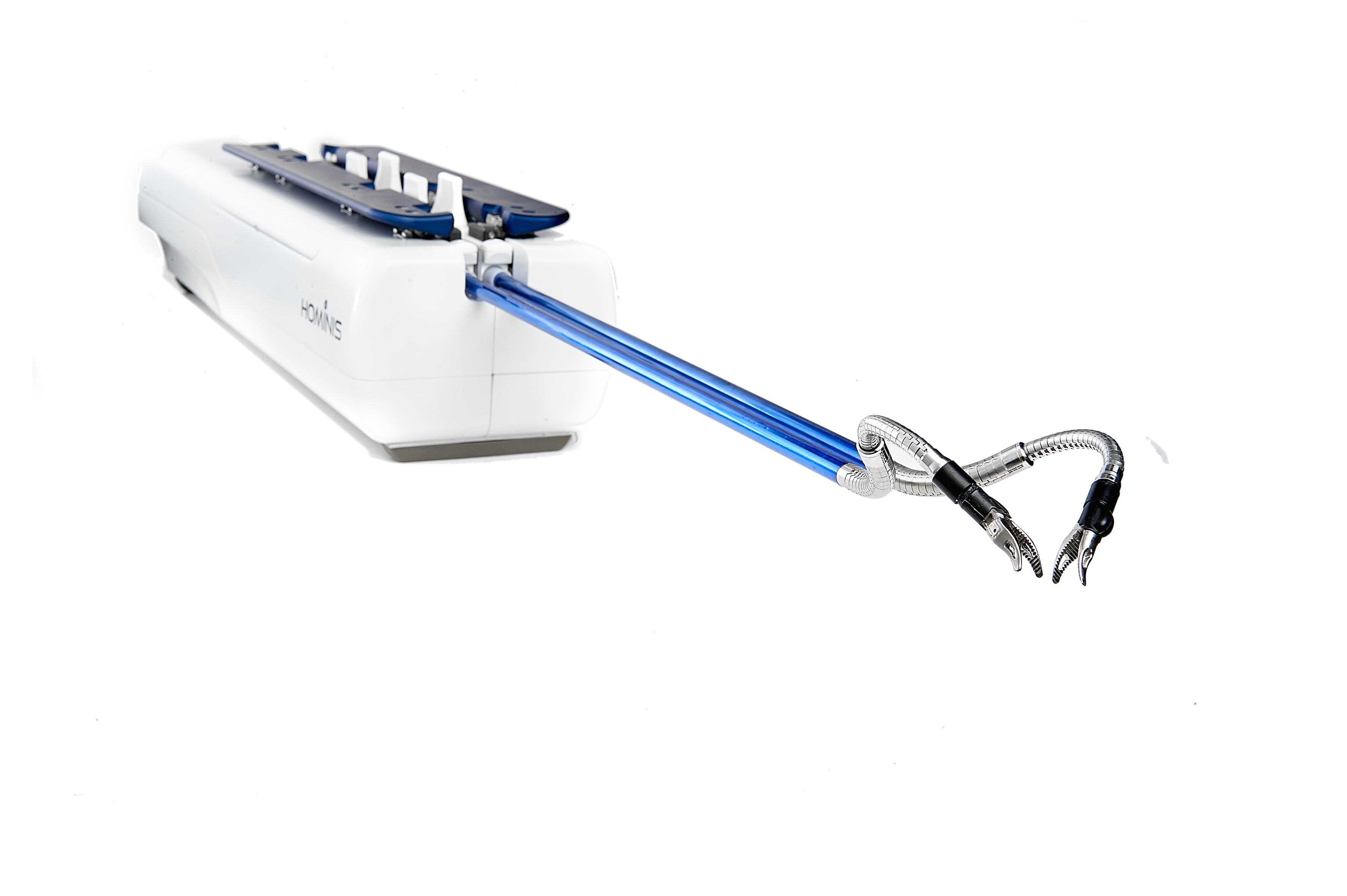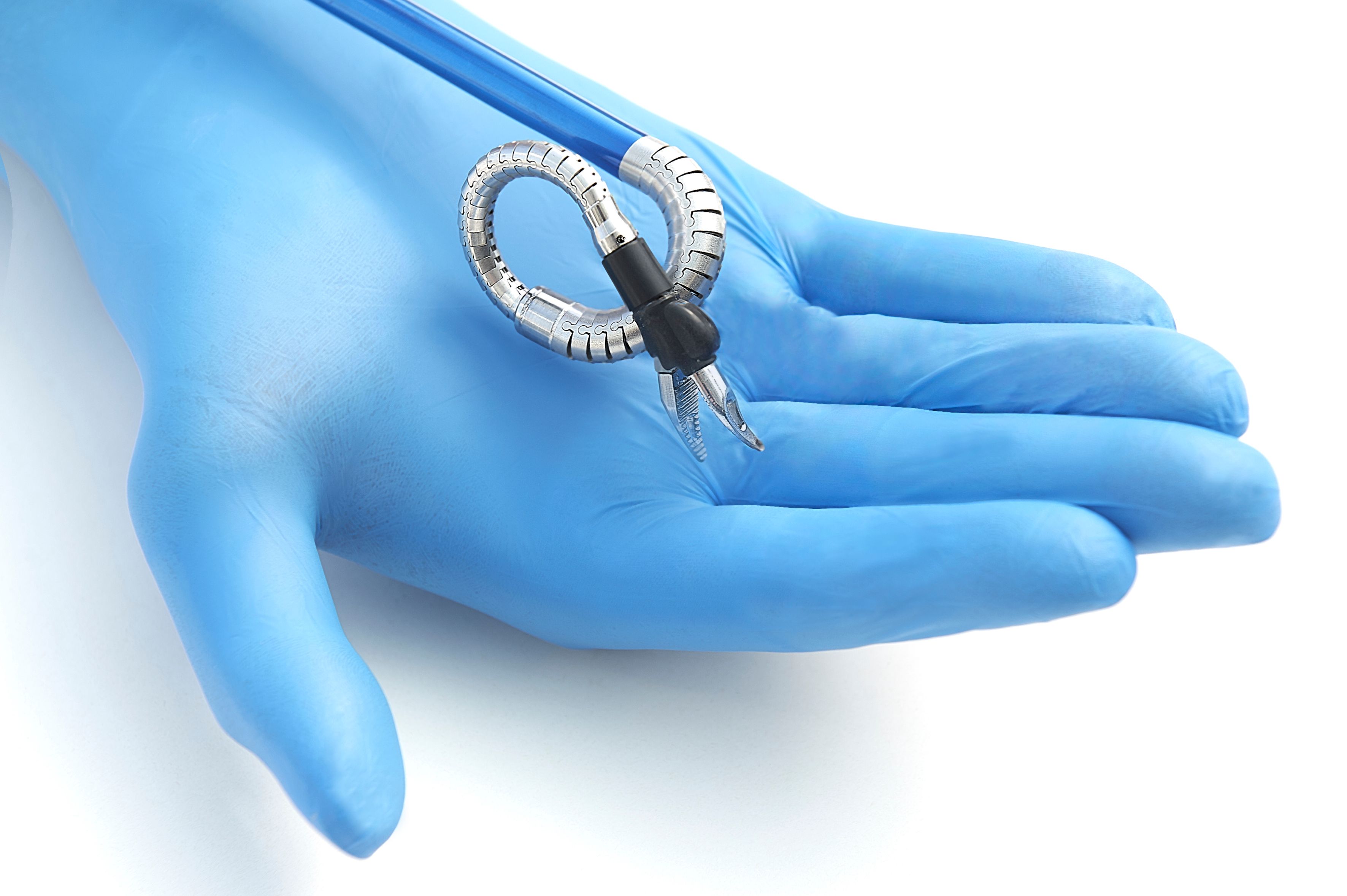
Hominis surgical robot receives De Novo marketing authorization
The privately held medical device firm Memic Innovative Surgery Ltd. announced in early March that the Food and Drug Administration (FDA) has granted De Novo marketing authorization for its Hominis, a robot-assisted surgical platform for use in single site, natural orifice laparoscopic-assisted transvaginal benign gynecologic procedures, including benign hysterectomy.
“Hominis combines the advantages of vaginal surgery, which is the preferred approach for hysterectomy, with the visual facility of laparoscopy and the ergodynamic capabilities of robotic surgery,” said Robert Zurawin, MD, an adjunct associate professor of ob/gyn at Baylor College of Medicine in Houston, who has worked closely with the company for over 6 years with design and development of the device.
Robert Zurawin, MD

Besides employing the transvaginal approach for pelvic surgery, Hominis has fully articulated robot arms that mimic the motions of the human shoulder, elbow, and wrist, according to Zurawin.
Historically, surgeons have relied on the transvaginal approach in only 16% of the patient population, due to anatomical challenges and limitations of existing technology.
Hominis surgical robot

However, clinical data show the Hominis system successfully has performed 30 hysterectomies with the transvaginal approach in a variety of patients in Belgium and Israel.

“We believe Hominis will encourage and facilitate the rebirth of vaginal surgery with its known advantages of lower cost, scarring, rates of infection, morbidity, and shorter return to normal activities,” Zurawin told Contemporary OB/GYN.
Transvaginal approaches result in no visible scars, which the gynecological patient values. In addition, Hominis is the only robot specifically developed for transvaginal surgery, thus small and flexible enough to perform surgery through a small incision. Multiple instruments can be introduced to the body through a single portal and the 360-degree articulation offers obstacle avoidance, optimal access, and working angles.
The learning curve for Hominis depends on the baseline skill and experience of the surgeon. “In clinical trials, surgical fellows in gynecology rapidly acquired the needed skills in just a few cases,” Zurawin said. “But for gynecologists who have not done vaginal surgery or laparoscopy, it takes longer. Our intent is to thoroughly train potential users to our satisfaction to optimize safety and outcomes.”
As in all surgery, Zurawin noted it is critical to first understand relevant anatomy before attempting surgery with any device. “After that, it is simply a matter of familiarizing oneself with the surgeon/robot interface, so that operating the arms becomes second nature,” he said.
Zurawin is optimistic that clinicians will be pleased with the ability of Hominis to help them perform robotic surgery and enabling them to use the vaginal approach that they previously would not have considered.
“In my opinion, the device’s only limitation is the imagination and skill level of surgeons and their ability to translate the capabilities of the robot into real-life situations,” he said.
Like any new technology, Zurawin and his colleagues are excited about launching Hominis. “We are counting on the feedback and expertise of our surgeon users to assist us in perfecting the device and expanding its indications to provide safe, cost-effective surgical care for our patients,” he said.
The system will be sold at a significantly lower price compared to other marketed robotic surgery systems, thereby potentially allowing more medical facilities to access and adopt surgical robotics.
Memic, Zurawin and other clinical advisors are currently researching expanding indications in gynecology for Hominis and looking to broaden the scope of indications to include general surgery and natural orifice transluminal surgeries, where the device may demonstrate safety and efficacy.
__
Disclosure
Zurawin is a shareholder in Memic.
2 Commerce Drive
Cranbury, NJ 08512
All rights reserved.